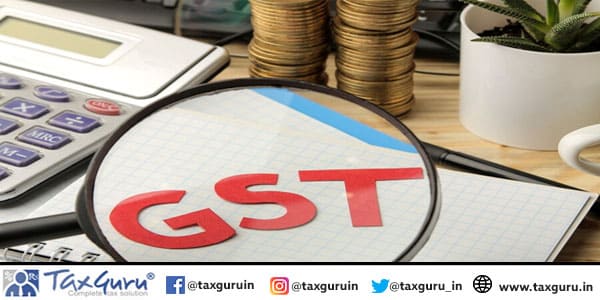The Goods and Services Tax (GST) that has been in place since 2017 is among the key components of India’s tax reforms. As we approach it, it is very important to evaluate its implications for next year on both economy, companies and consumers. These purposes encompassed facilitating commercial transactions, promoting economic development as well as simplifying the structure of indirect taxes. Let us reflect upon what this year implies.
Streamlined Tax Structure
To wit, one of the primary objectives of introducing GST was to replace numerous taxes with one system of taxation thus simplifying India’s tangled tax structure. Accordingly, businesses continue to benefit from this simplified arrangement in 2024 since it reduces compliance burden and eliminates cascading levies. Consequently, due to tax amalgamation, trade across states has become easier and businesses can now operate across state lines more comfortably.

Boost to Economic Growth
GST has been central in promoting economic growth by creating a single national market. Due to GST reducing inter-state barriers and promoting free movement of goods and services between states; trade and investment have been made easier. Therefore, supply chain efficiency increased while logistics costs dropped contributing to lower expenses by Indian firms in home and foreign markets during this year.
Enhanced Tax Compliance
Enforcement measures, a robust technology framework and introduction of Goods and Services Tax (GST) have enhanced tax compliance. This has been achieved through automating the filing of taxes, cutting down mistakes in the process and avoiding tax evasions with the help of the Goods and Services Tax Network (GSTN). In 2024, higher compliance rate increased government revenue as well as encouraged taxpayers to adopt open accountable culture.
Challenges and Reforms
However, problems still exists despite these benefits that come with GST. Still complex tax slabs, compliance issues and frequent regulatory changes continue to give businesses a headache. By 2024 stakeholders are becoming more united on the need to rationalize tax rates, streamline GST structure and remove administrative roadblocks. To keep up with this momentum of GST will require that a lot reforms be put in place by government in response to this.
Impact on Consumers
The effect of GST on consumers has not been uniform. While inflationary pressures were initially caused by the introduction of Goods and Services Tax (GST), especially in FMCG sectors or automotive ones for instance; yet its long term impacts have had so much complexity.”
Conclusion
In conclusion, Goods and Services Tax (GST) reform has led to a massive overhaul of the country’s indirect tax system. Its effects still remain with consumers, firms, and economy even in 2024. Nevertheless, although Goods and Services Tax (GST) reforms have simplified taxation system; spurred economic growth and improved tax compliance there are still some areas that need continuous adjustments. While the implementation of GST is complicated for India, it will be important to strike a balance between fairness, effectiveness and simplicity so as to maximize gains from this policy in future years.






infomatic massage